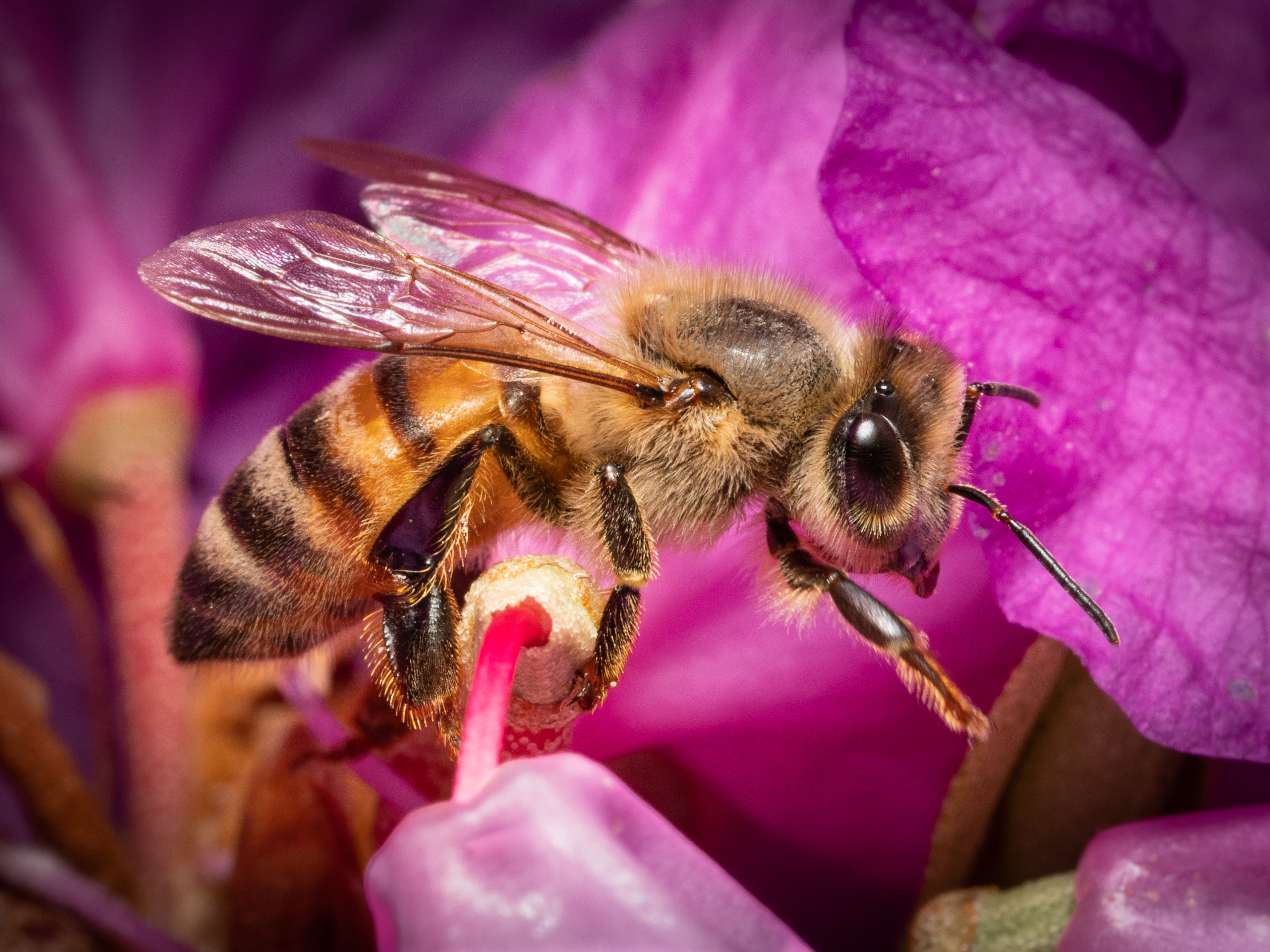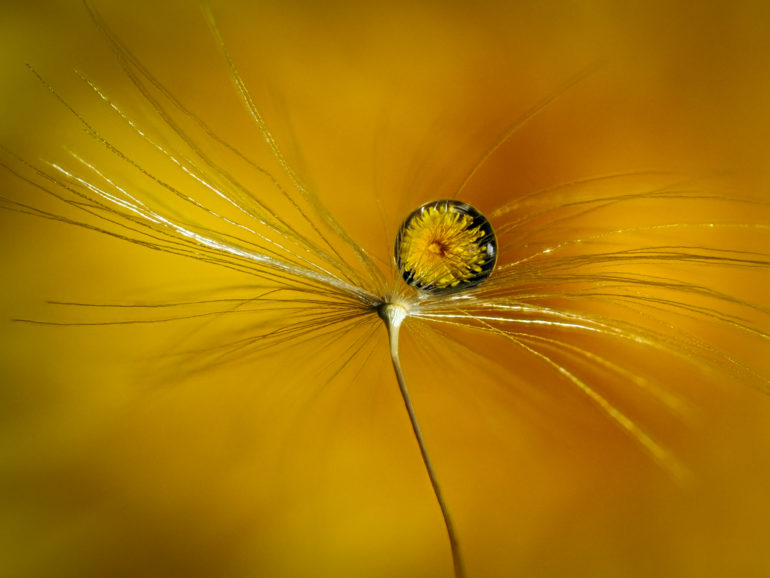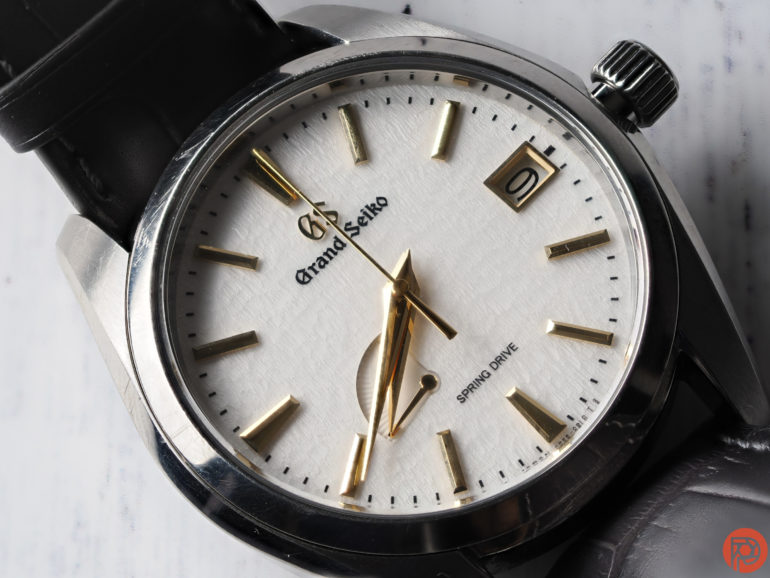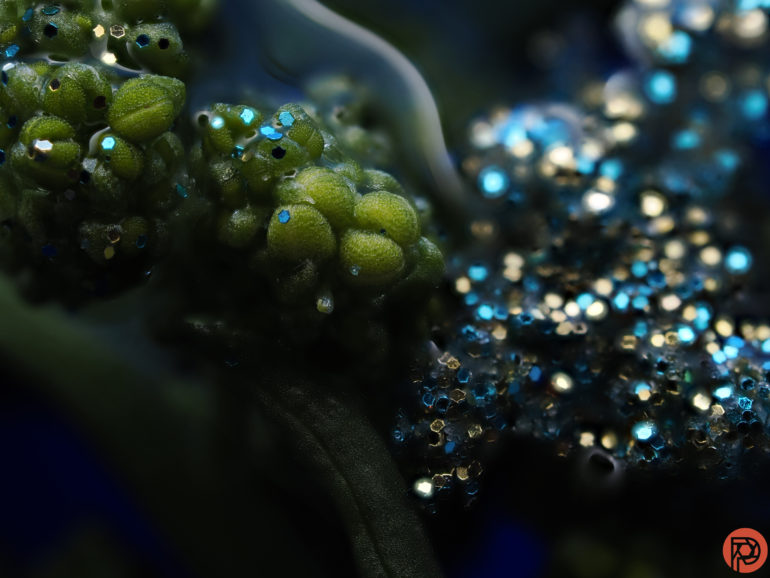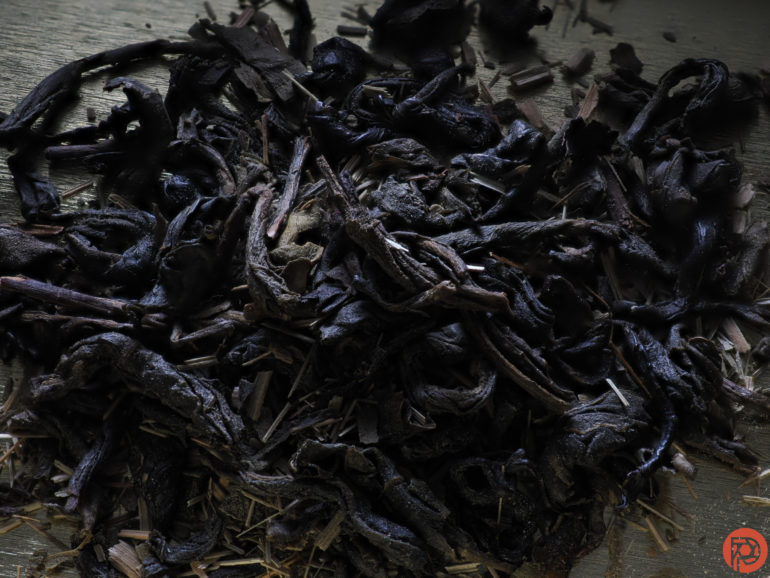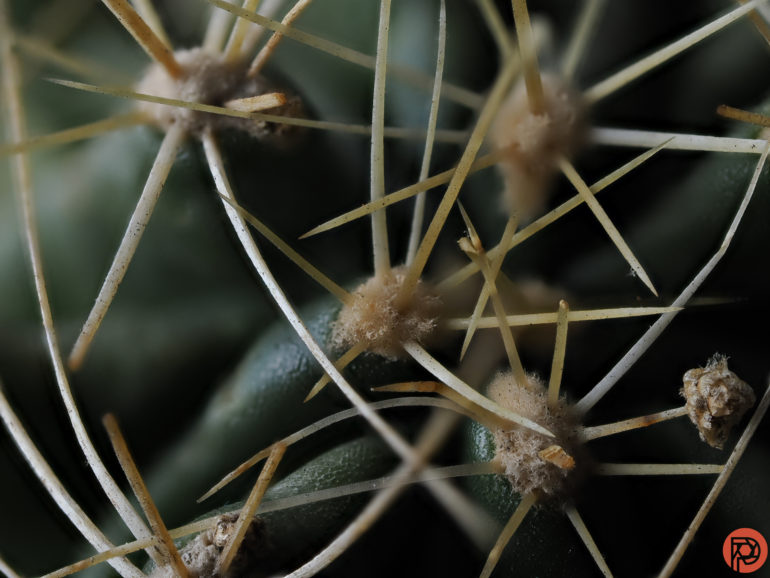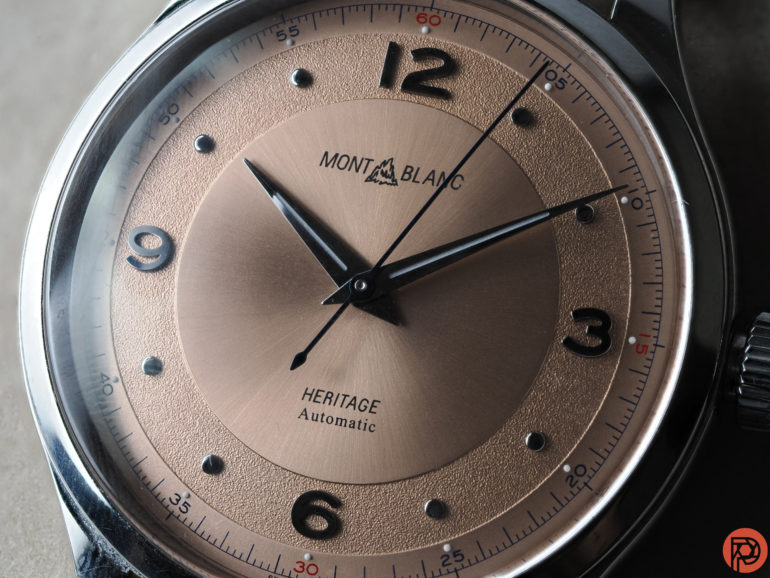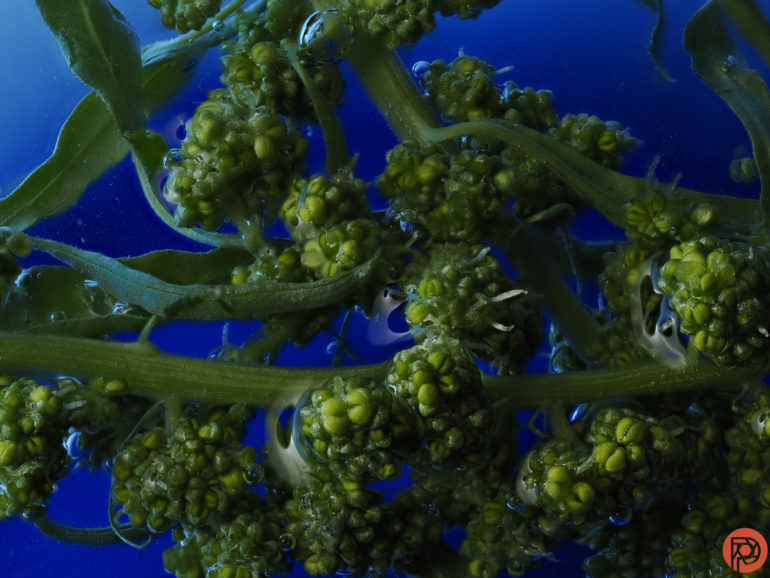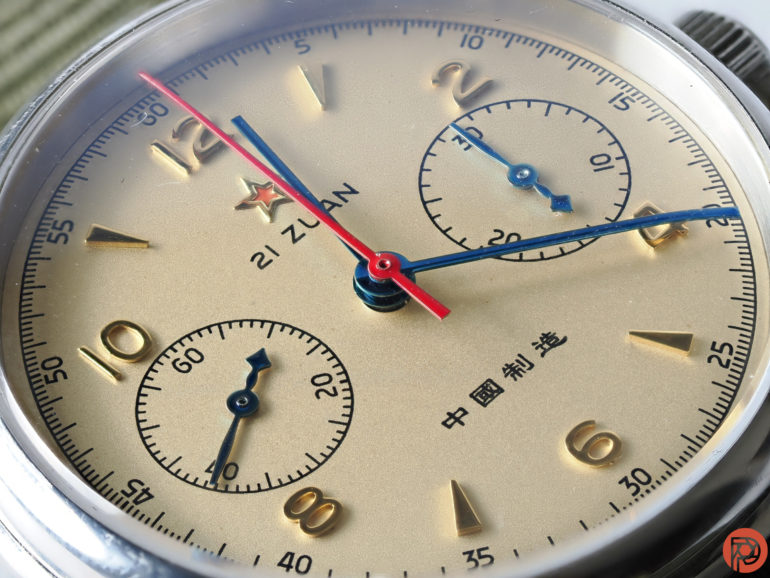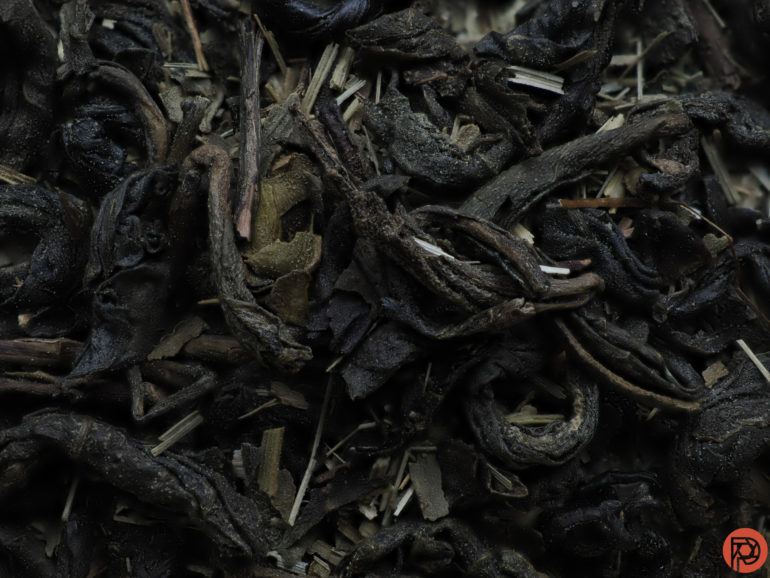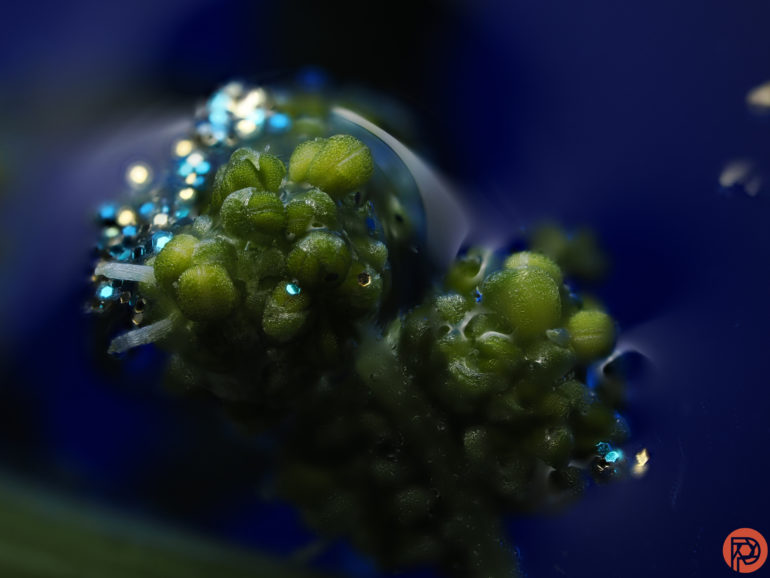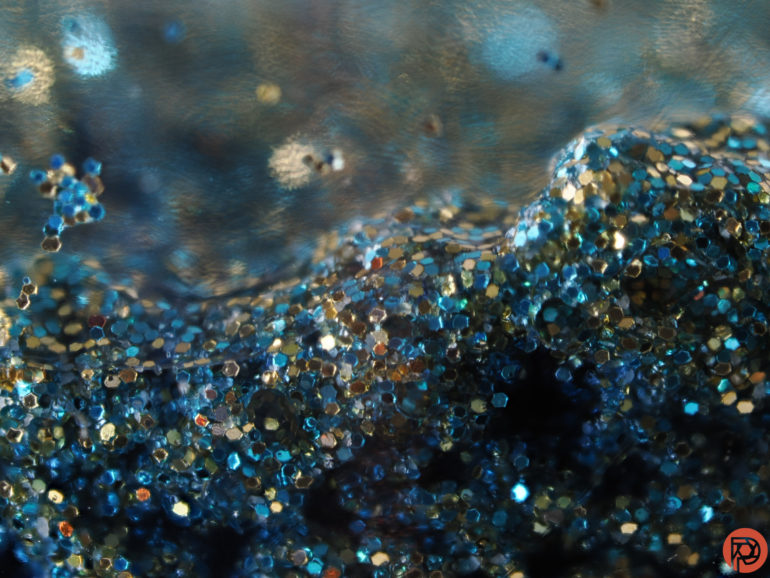Some of the most fun you can have with photography has to do with macro work. The nature of it forces photographers to pay the utmost attention to everything they’re doing. The slightest things can cause mistakes that lead to missing the opportunity. Whether you’re in the wild or in a studio, photographers universally agree that your tools matter a whole lot with macro. And luckily, we’re here to talk to about one of the best cameras for macro photography.
Why the OM SYSTEM OM-1 Is the Best for Macro Photography
Earlier this year, the OM SYSTEM OM-1 hit the market. It’s one of the most innovative cameras available right now. It suits the needs of wildlife photographers, landscape photographers, adventure photographers, wedding documentarians, astrophotographers, and passionate photographers of every type. Part of what makes it so special is the computational photography built-in. The OM SYSTEM OM-1 has a focus stacking mode that lets photographers combine up to 15 images into a picture-perfect moment. And for the absolute sharpest results, you can use a flash with ease.
“This camera enables me to be efficient and have all the tools I need at the press of a button without carrying extra gear and losing time setting up a shot,” says professional photographer and OM SYSTEM Ambassador Emilie Talpin. “By pairing the OM-1 with the 60mm macro, I can focus stack in-camera by pressing the AEL, which I reconfigured to activate this mode. This allows me to have more in focus while still retaining a blurry background.”
Focus stacking is typically something you’d have to do with post-production software. It requires photos at varying distances to be combined together. What’s more, you also need to mask out the layers for the exact bokeh you want. But if you’re sick of sitting in front of your computer and want more time behind your camera, then the OM SYSTEM OM-1 can help. When you’re done, the OM SYSTEM OM-1 can give all the RAW files you created in addition to a finalized (stacked) JPEG file.
So how does Emilie do it? Here’s some insight from her:
“I also often shoot in manual mode, which is why I use the magnifying glass (magnify mode) function to zoom on the tiny eyes of my subject (customized on top front button), as well as focus peaking (customized on bottom front button) to visualize the part of my image that is in focus. The last tool I use is the Night Vision Mode which allows me to find focus in darker settings, which is perfect when I’m using a flash. With all these in-camera aids, I know I can rely on my OM-1 to create the shot I envision.”
Of course, using a flash really helps make the images from the OM SYSTEM OM-1 shine.
Pro Tips on Nailing That Perfect Photo
Here’s the trick, the OM SYSTEM OM-1 has a Four Thirds sensor. That means it has double the depth of field. Using the M.Zuiko Digital ED 60mm f2.8 Macro Lens MSC wide open renders a full-frame equivalent depth of field of f5.6. That means you’re getting more of your macro subject in focus while letting more light hit the sensor. What a huge advantage! It means, if you’re focus stacking, all the images will be tack sharp. You won’t need to stop the lens down past the diffraction point. This is great for when you’ve got to photograph a stagnant subject like wedding rings, plants, jewelry, food, and more.
For moments when things move fast, we recommend not always using the focus stacking method.
Similarly speaking, the M.Zuiko Digital ED 30mm f3.5 Macro Lens has a depth of field of f7 when used wide open. With that said, you truly have almost no need to stop the lens down beyond f4 when doing macro photography.
The OM SYSTEM OM-1 lets you use two big methods to get the perfect macro photo. There’s a big giant LCD touchscreen with an insanely fast autofocus. Tap on a specific subject, and the camera can capture the moment in front of you. Otherwise, the OM SYSTEM OM-1 has a beautiful EVF. Combine this with using the Simulated OVF function, and the lens will have the fastest autofocus performance it can.
While you can surely photograph subjects without a tripod, it’s often recommended just to give you more peace of mind. The OM SYSTEM OM-1 has lots of image stabilization built-in just in case you have to go handheld. Generally speaking, when using the focus stacking feature, we’d never recommend you to do this without a tripod.
We also always recommend using a flash. Emilie loves her Olympus FL-700WR for macro photography. It’s small, lightweight, and powerful enough for the job. Flash is great for macro photography because it helps bring out elements you’d never see while using a faster shutter speed. These are called specular highlights, and your camera can’t simply create them. Nor can post-production. Instead, they have to be brought out in the macro photography process. Specifically, flashes are often powerful and affordable enough to let you do this in a cost-effective way.
Using these tips and the OM SYSTEM OM-1, you can make photos that you’ll love staring at and sharing with friends and followers on social media. Better yet, you’re incentivized to get it right in-camera, and that makes you a better photographer. If you’re planning on being a bit more meditative with your photography passion, we recommend giving the OM SYSTEM OM-1 a try. The combination of small size, light weight, and feature set will make you want to stick with it for a while.
This piece is presented in partnership with OM SYSTEM. We’ve independently and ethically reviewed all the products in this post already without sponsorship. And we worked with them to recommend a few key gems to you.
Lead image is Bee in flight using Olympus FL-700 WR flash and the Night Vision mode. This image is used with permission from Emilie Talpin.


